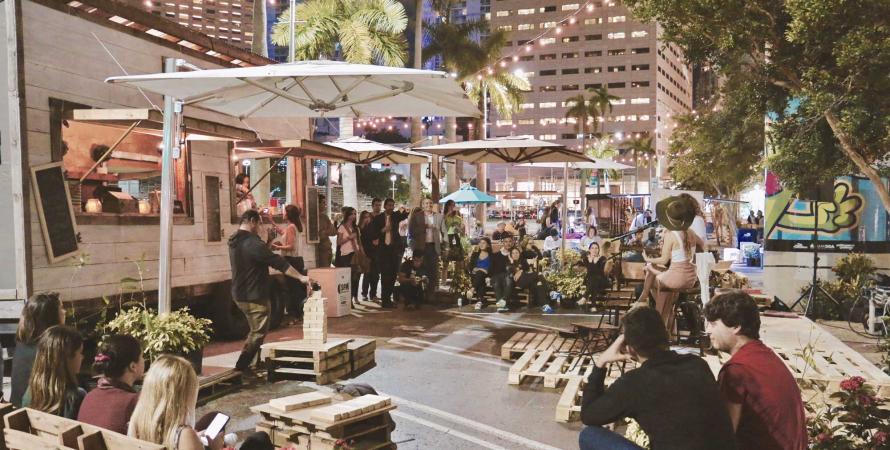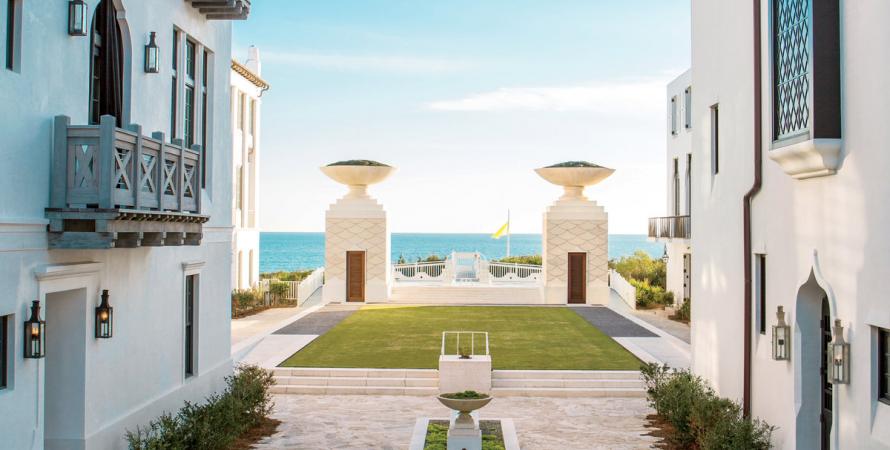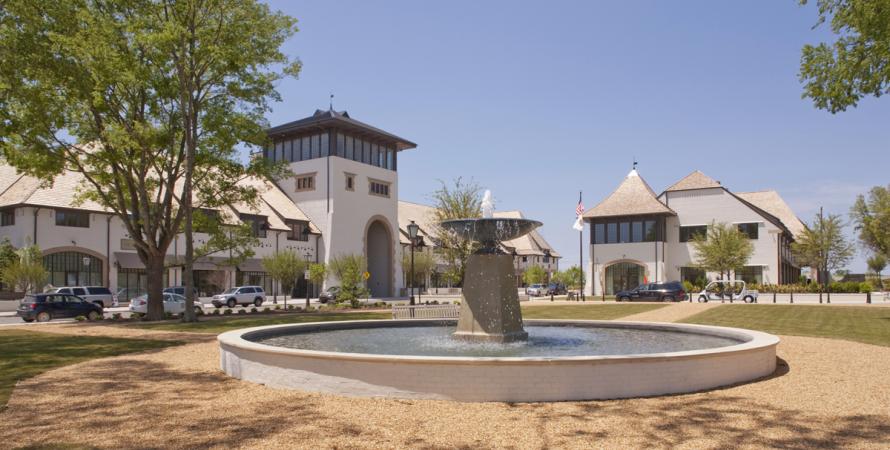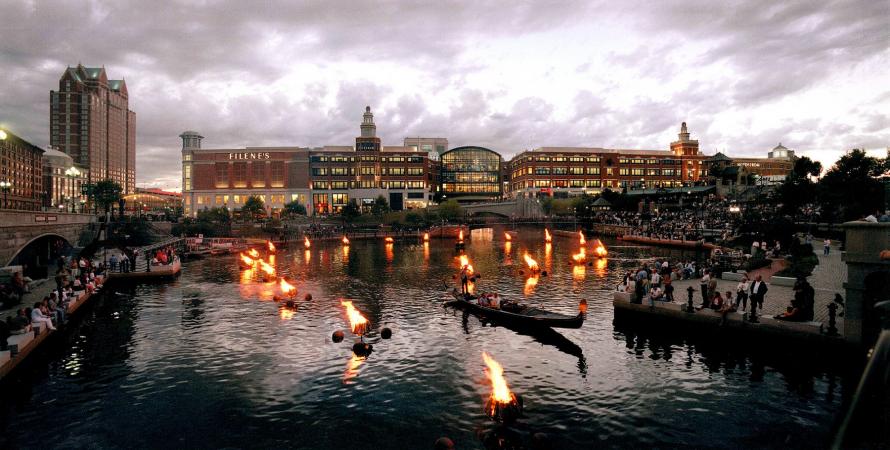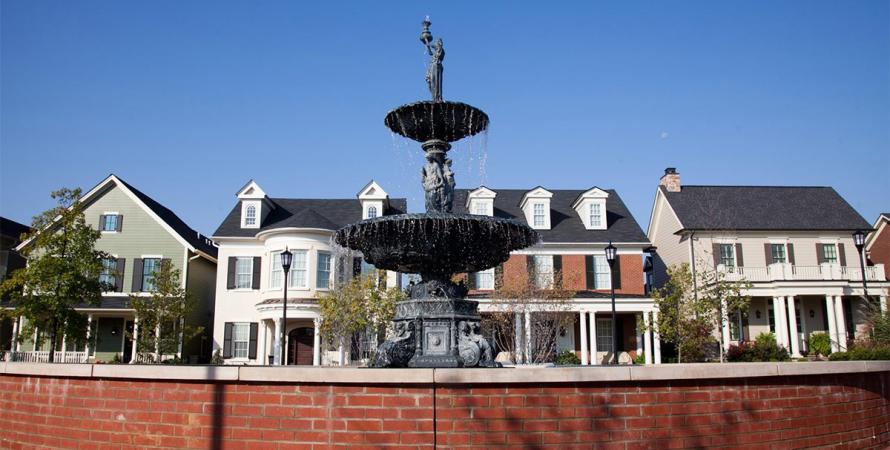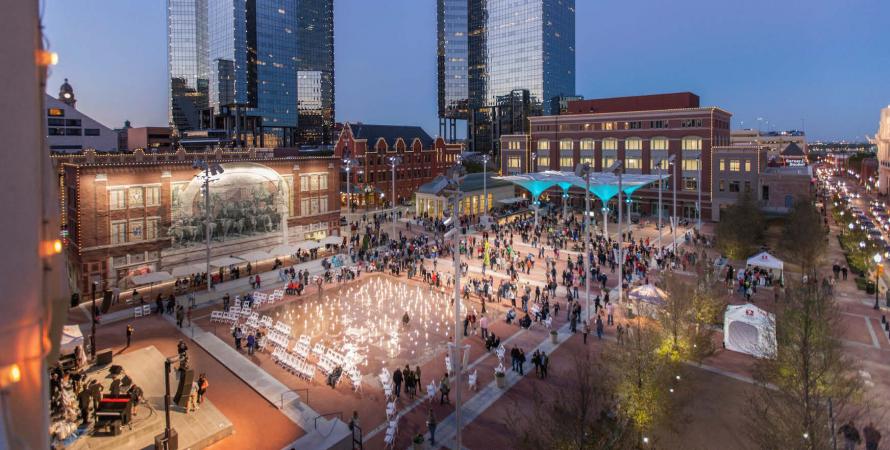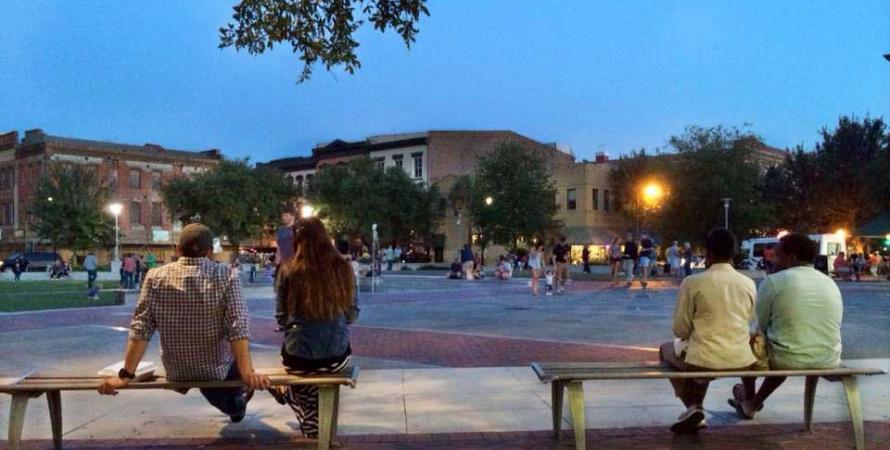Project Database
This searchable database of projects represents the range and diversity of work in the New Urbanism. From regional-scale visions to single-building historic renovations, CNU members and their allies build places people love through land use planning, development, policy, and advocacy. If you are aware of a project that you believe should be part of the database, please email Robert Steuteville or Lauren Mayer.
Filters
Harbor Town
Memphis, Tennessee
In the early 1980’s, the city of Memphis made plans to extend I-240’s northern section and create an Inner Loop around the city, and doing so would have required building onto the small peninsula called Mud Island.
Biscayne Green
Miami, Florida
A long-term plan to convert a series of parking lots to public spaces in the middle of Biscayne Boulevard was held up for years due to concerns about traffic and parking.
Alys Beach
Alys Beach, Florida
After designing Seaside and Rosemary Beach, DPZ CoDESIGN had the opportunity to plan a third community along the Florida Gulf Coast in 2003.
Hampstead
Montgomery, Alabama
DPZ CoDESIGN has been at the forefront of New Urbanism since its beginning, and in 2003 the firm (then called Duany Plater-Zyberk & Company) led the creation of the SmartCode.
Providence River Relocation
Providence, Rhode Island
The Providence River Relocation project in Rhode Island’s capital city redirected rivers, overhauled transit infrastructure, and created a new riverfront downtown.
Norton Commons
Prospect, Kentucky
What was once a center for progressive farming techniques in the Southeast is now a progressive New Urban development.
Sundance Square #thisisCNU
Fort Worth , Texas
Alongside its neighbors, Dallas and Arlington, the city of Fort Worth, Texas, is at the heart of the largest metropolitan area in the south.
Ellis Square #thisisCNU
Savannah, Georgia
"Ellis Square is one of the great stories of preservation and restoration in Savannah," says the group Discover Historic America.
Baldwin Park #thisisCNU
Orlando, Florida
In the mid-1990s, the City of Orlando faced the closure of the 1,100-acre Naval Training Center, two miles from downtown. The easiest reuse option for the land would have included big box stores, an office park, and/or suburban housing pods.
Pages
- « first
- ‹ previous
- 1
- 2
- 3




















